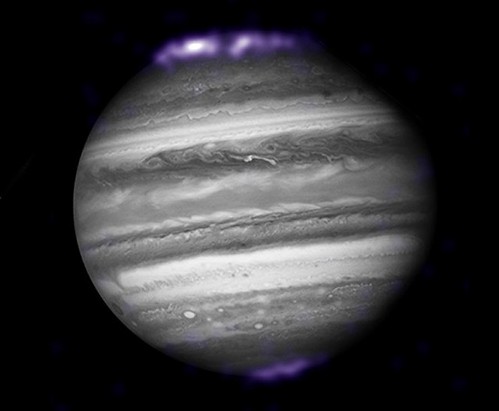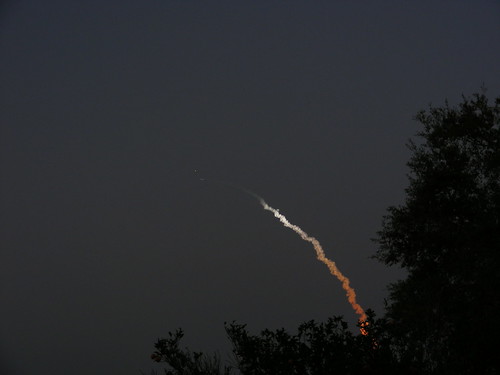The Great Orion Nebula
The Orion Nebula (also known as Messier 42, M42, or NGC 1976) is a diffuse nebula situated south[b] of Orion's Belt. It is one of the brightest nebulae, and is visible to the naked eye in the night sky. M42 is located at a distance of 1,344 ± 20 light years and is the closest region of massive star formation to Earth. The M42 nebula is estimated to be 24 light years across. Older texts frequently referred to the Orion Nebula as the Great Nebula in Orion or the Great Orion Nebula.
The Orion Nebula is one of the most scrutinized and photographed objects in the night sky, and is among the most intensely studied celestial features. The nebula has revealed much about the process of how stars and planetary systems are formed from collapsing clouds of gas and dust. Astronomers have directly observed protoplanetary disks, brown dwarfs, intense and turbulent motions of the gas, and the photo-ionizing effects of massive nearby stars in the nebula. There are also supersonic "bullets" of gas piercing the dense hydrogen clouds of the Orion Nebula. Each bullet is ten times the diameter of Pluto's orbit and tipped with iron atoms glowing bright blue. They were probably formed one thousand years ago from an unknown violent event.
======================================
N. Vrettakos was born in the village of Kokees, near Sparta, and published his first collection of poems, Under Shadows and Lights, in 1929, at the age of seventeen. That same year he moved to Athens to attend university, but left after a year to take a series of jobs as a clerk in various businesses. In 1937 he began a thirty year career in the Greek Civil Service, also seeing combat service in the Greco-Italian War during this period. In 1967 he responded to the takeover of Greece by a military dictatorship by going into self-imposed exile in Switzerland and Italy, where he remained until returning to Greece in 1974. He also wrote a poem about Kostas Georgakis, the student who set himself ablaze in Genoa as a protest against the junta.
Nikiphoros Vretttakos was considered one of Greece's most important poets. He won a number of prizes and medals, including the Greek State Poetry Prize twice. Some of his poems became popular songs in musical settings by Greek composers, including Mikis Theodorakis. His verse was also translated into many languages. He was also elected as a member of the Academy of Athens in 1987.
Uploaded by brexians on 15 Apr 10, 10.31AM EEST.
"Ποταμοῖς τοῖς αὐτοῖς ἐμβαίνομέν τε καὶ οὐκ ἐμβαίνομεν, εἶμέν τε καὶ οὐκ εἶμεν." "We both step and do not step in the same rivers. We are and are not." Heraclitus the Riddler
















